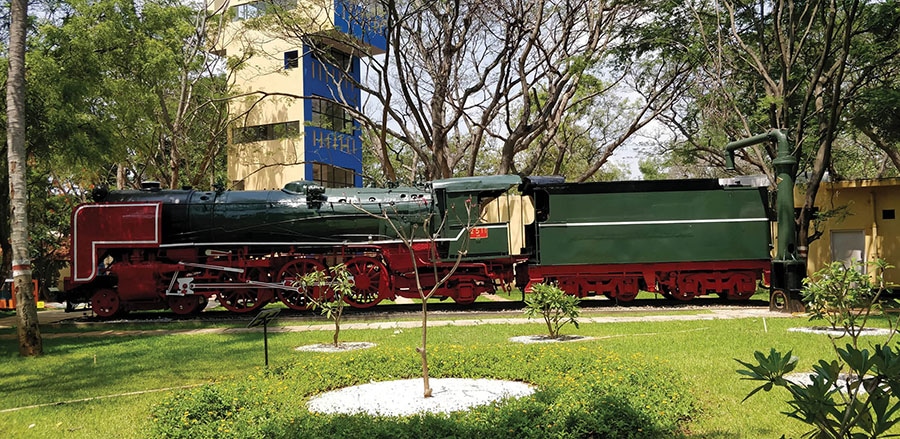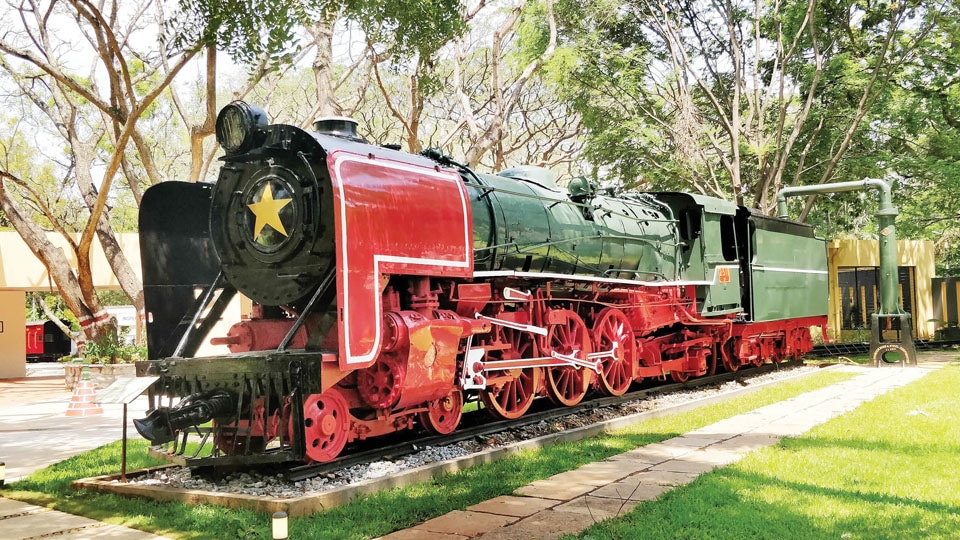Mysore/Mysuru: With a view to add value to the Rail Museum, the South Western Railway (SWR) has restored a steam-era water column to its full functional order. Many Railway Stations during the steam-era had a water column for filling water into the water tank in the tender trailing the steam locomotive, which also had an enclosure for the fuel for locomotive, such as coal, wood or oil.
Water was one of the most important elements used by a steam locomotive. When heated, the water turns to an invisible vapour known as steam. The volume of water expands as it turns into steam inside the boiler of the locomotive, thereby creating high pressure. The expansion of steam pushes the pistons connected to the driving wheels, thus operating the locomotive.
In standard operating conditions, steam locomotives consume about 110-115 litres of water for travelling a distance of one mile (1.6 km). A Metre Gauge YP Class steam locomotive which was in use for hauling passenger-carrying trains could hold 3,000 gallons of water and 9.5 metric tonnes of coal in its tender. Other tank steam locomotives had water tanks ranging from 300 to 1,750 gallons.

Some tenders of Broad Gauge locomotives were designed to carry 15 tons of coal and 6,000 gallons of water but the water capacity was later reduced to 5,500 gallons to keep the axle load under 18.5 ton limit. Water was perhaps the most significant limitation with most steam locomotives hauling loaded trains at express speeds necessitating refilling every 100 miles (160 kms). 9 tons of coal gave about 350 miles (560 kms) range.
Rahul Agarwal, Divisional Railway Manager, SWR, Mysuru Division, has in a press release said that the Rail Museum visitors would be happy to see the fully functional 1964-built water column and appreciate the critical role of this rustic system-equipment of the Railways during the long years of steam traction in all parts of the country.








Recent Comments